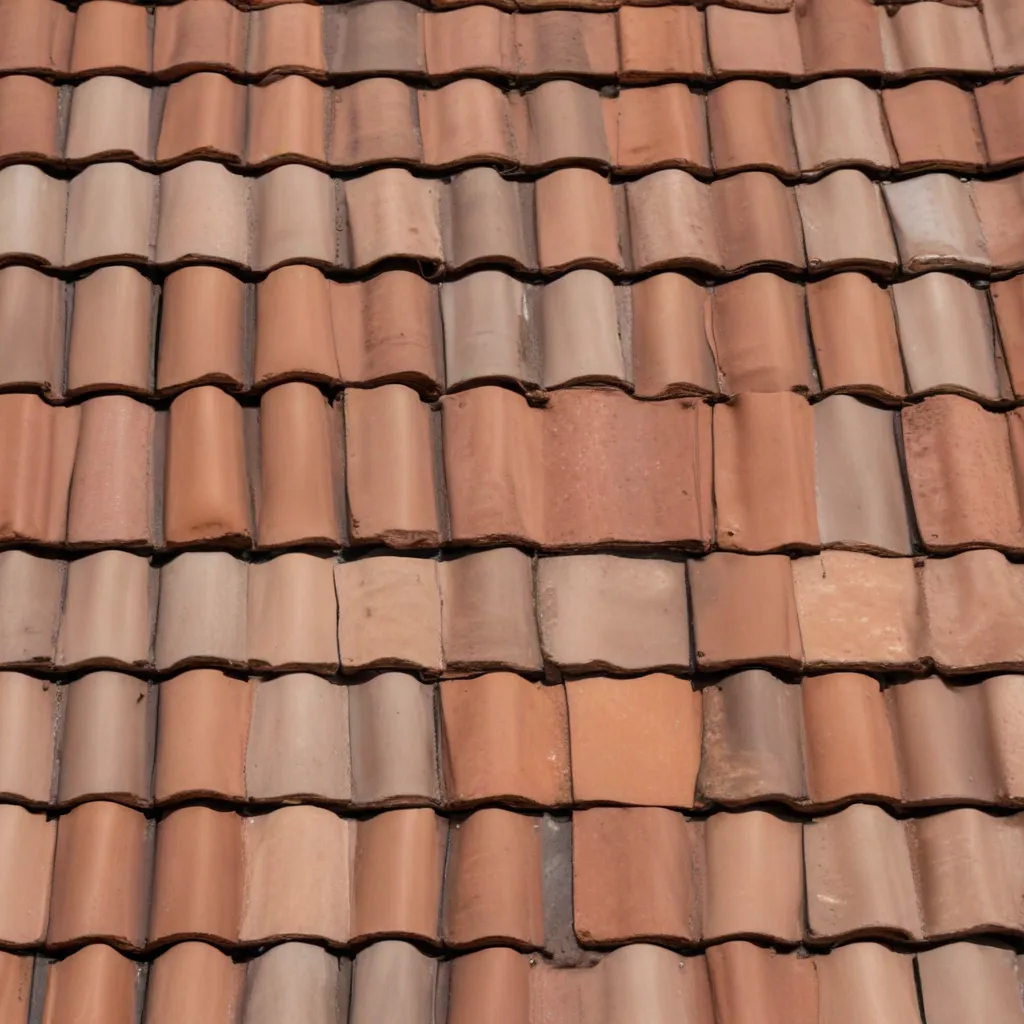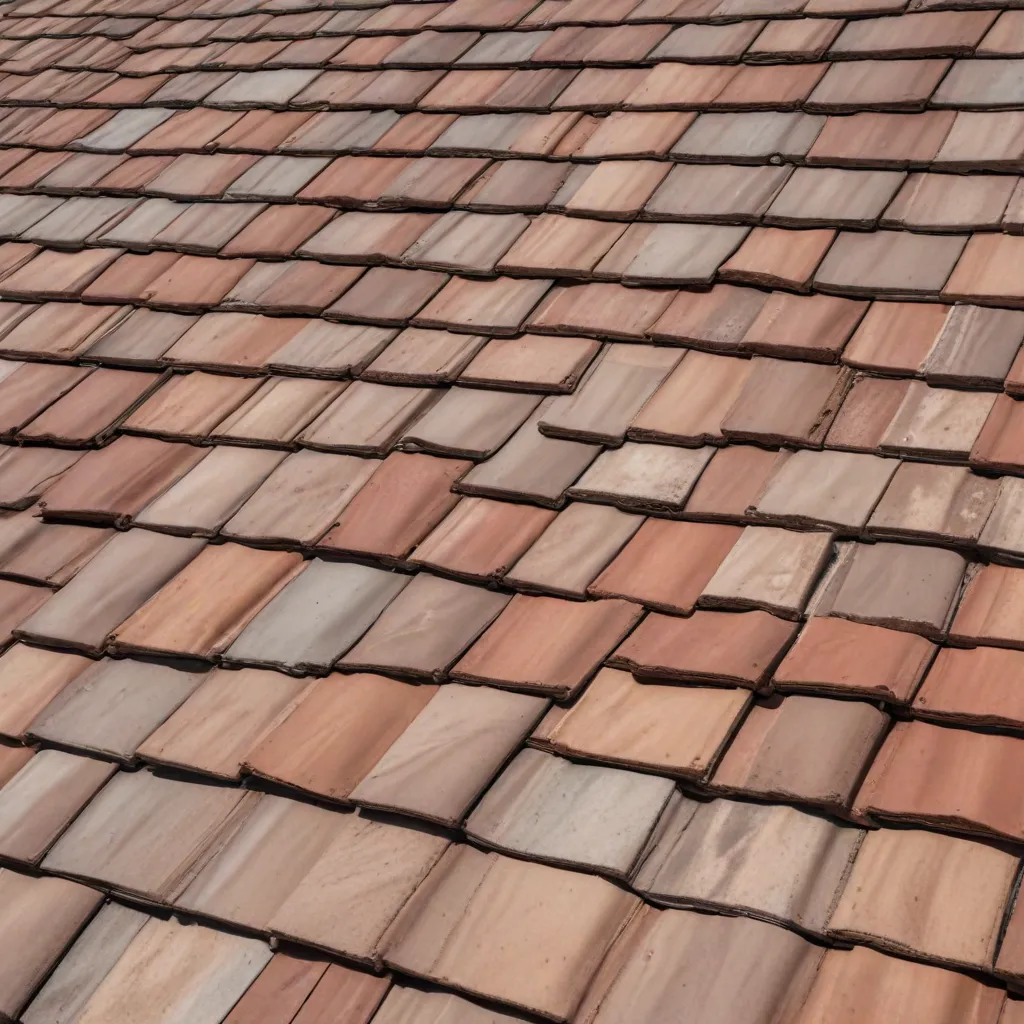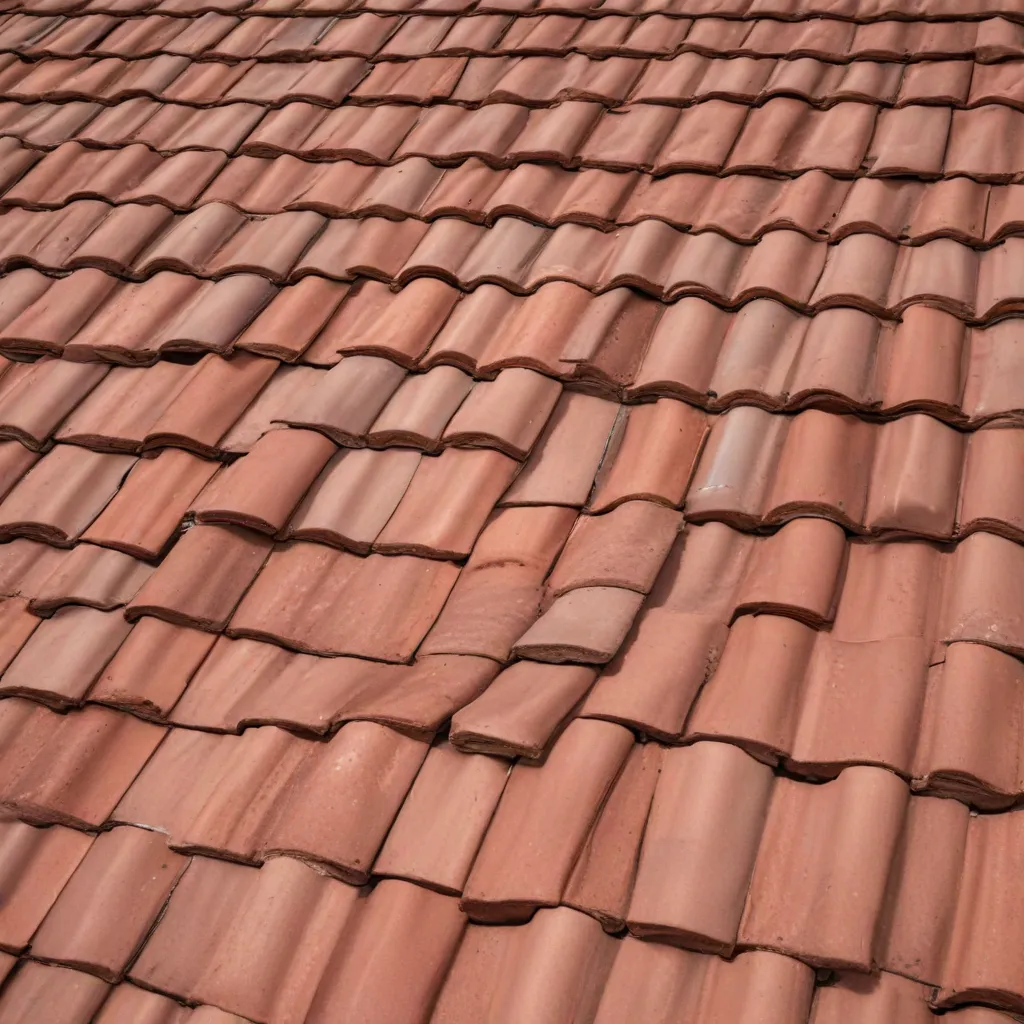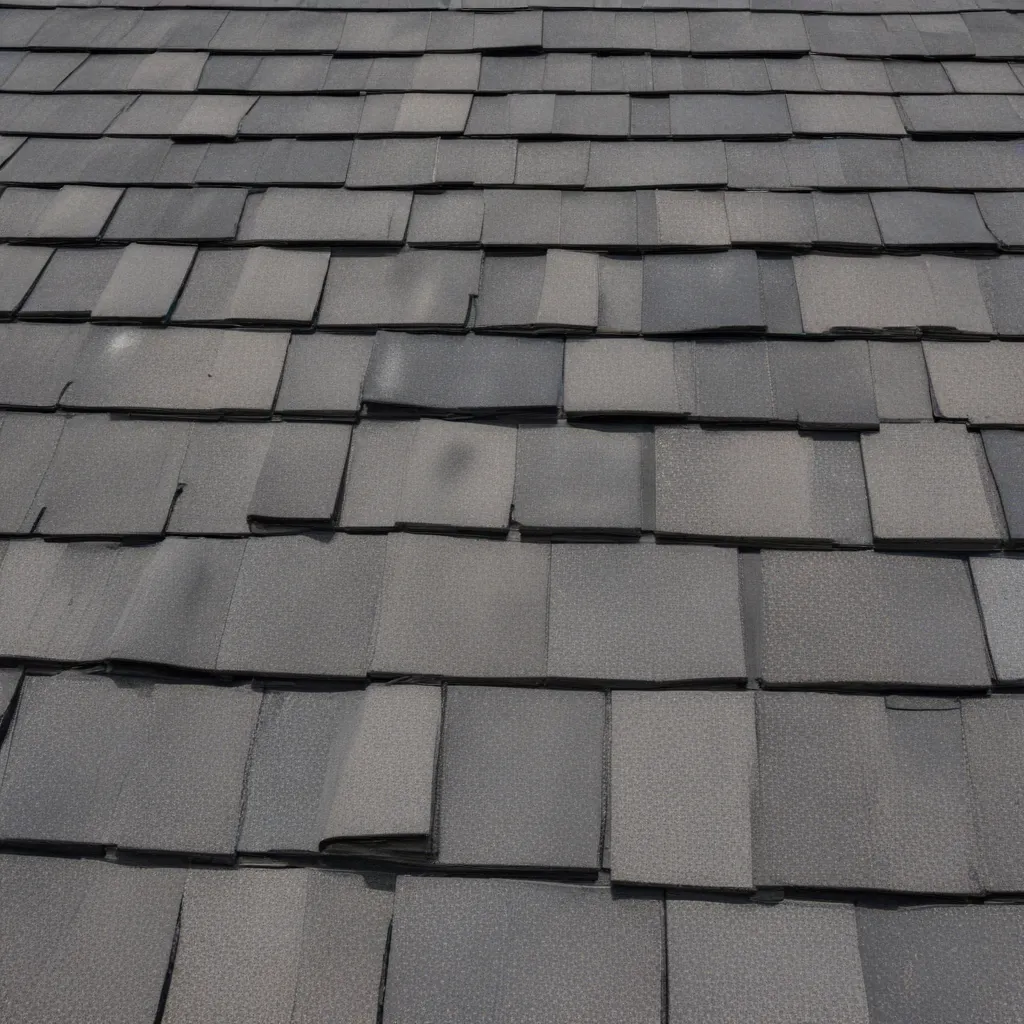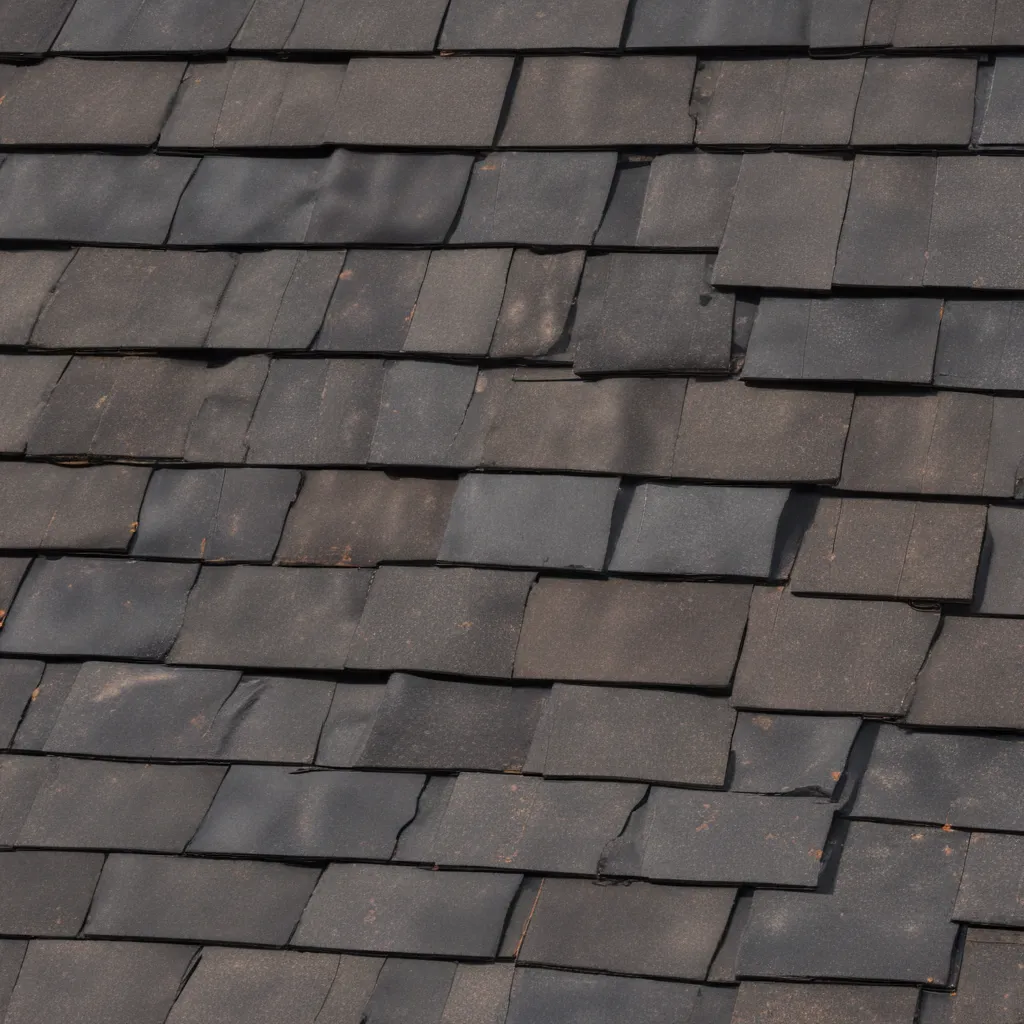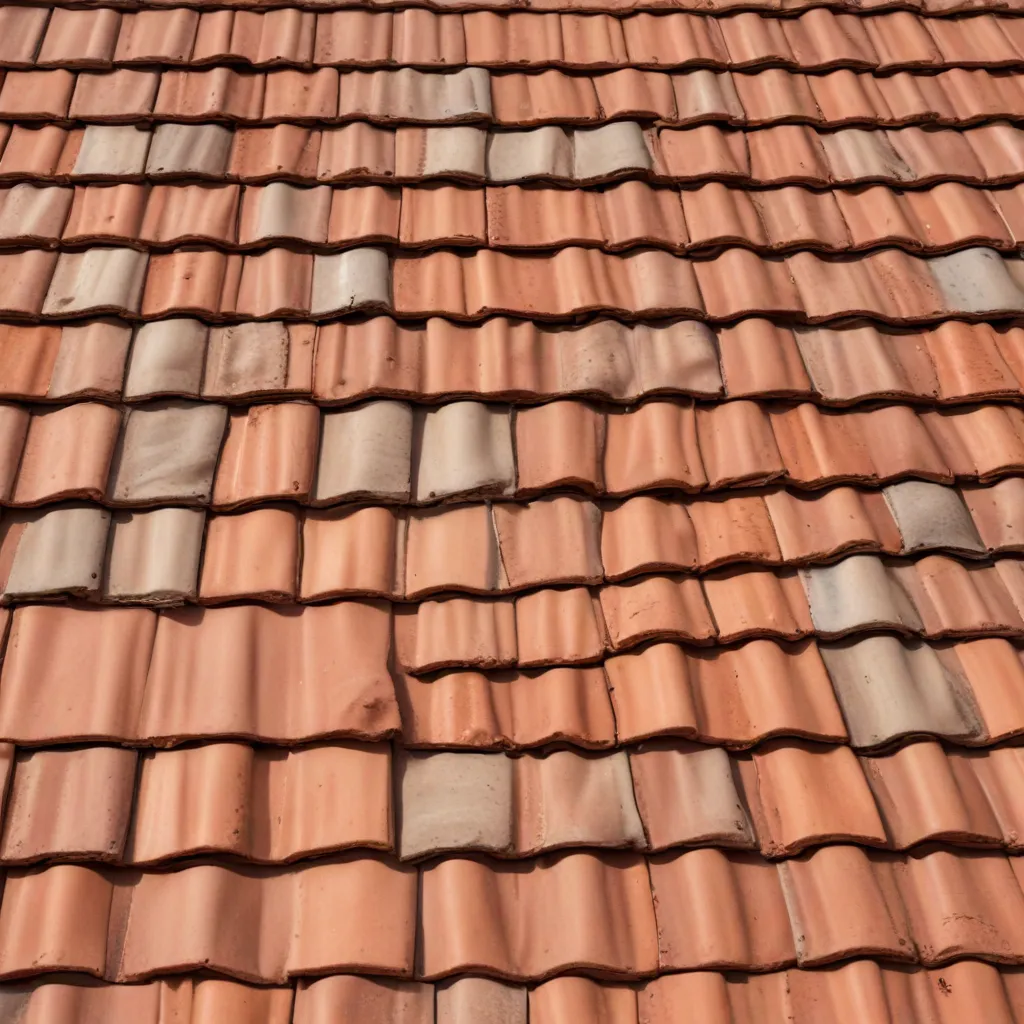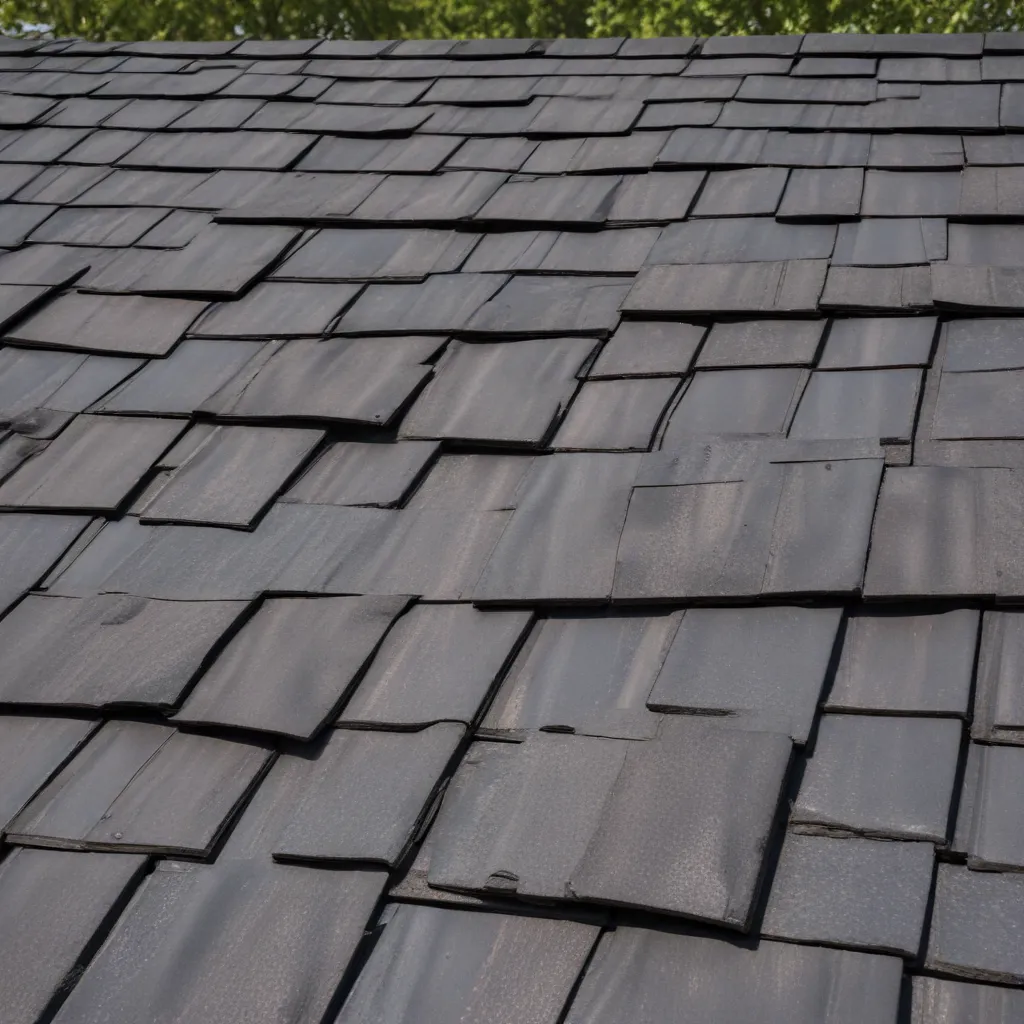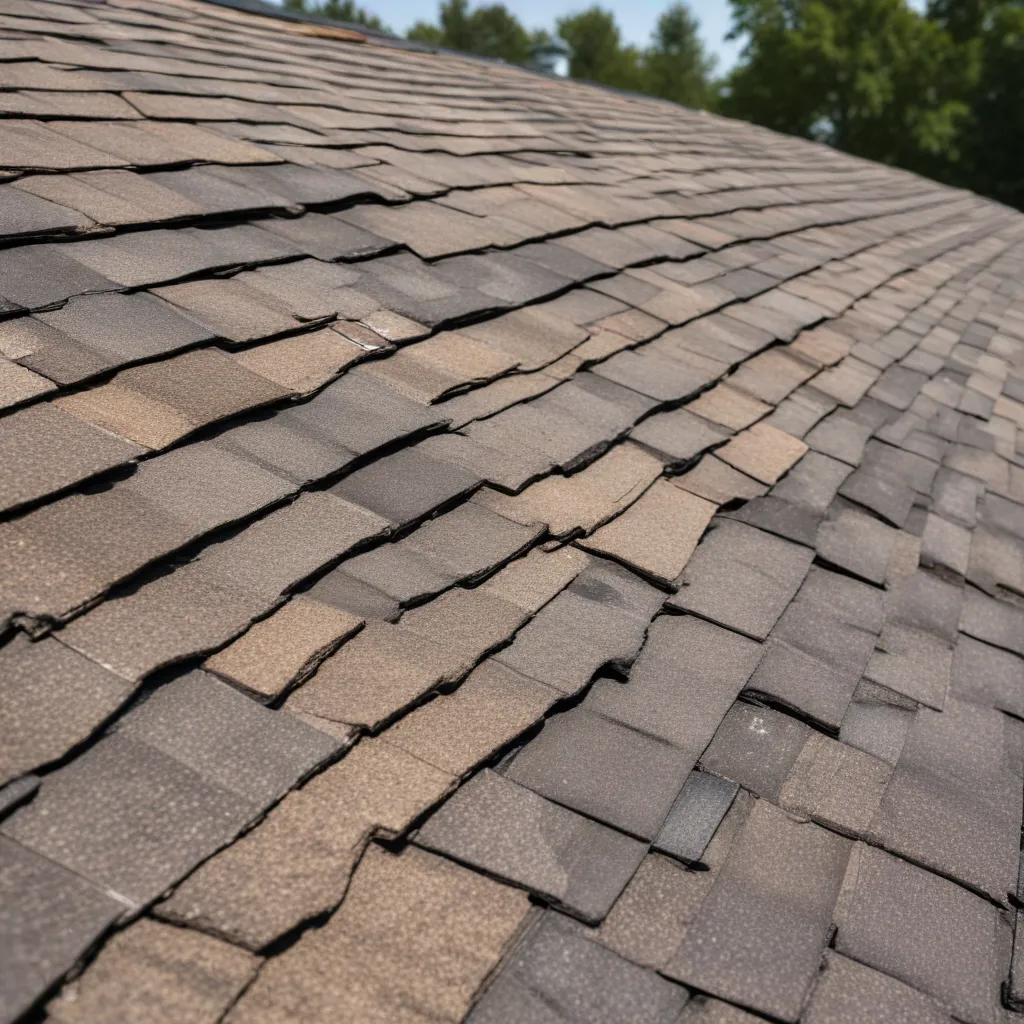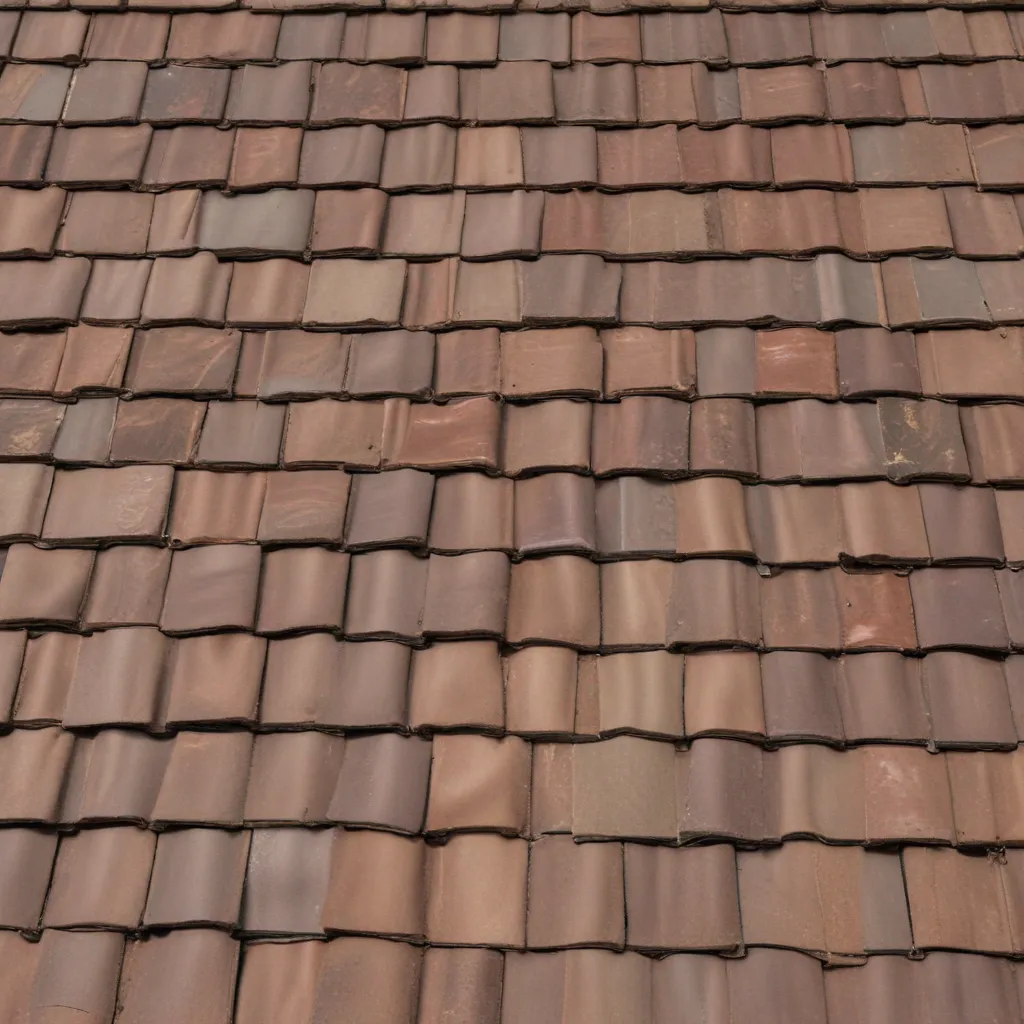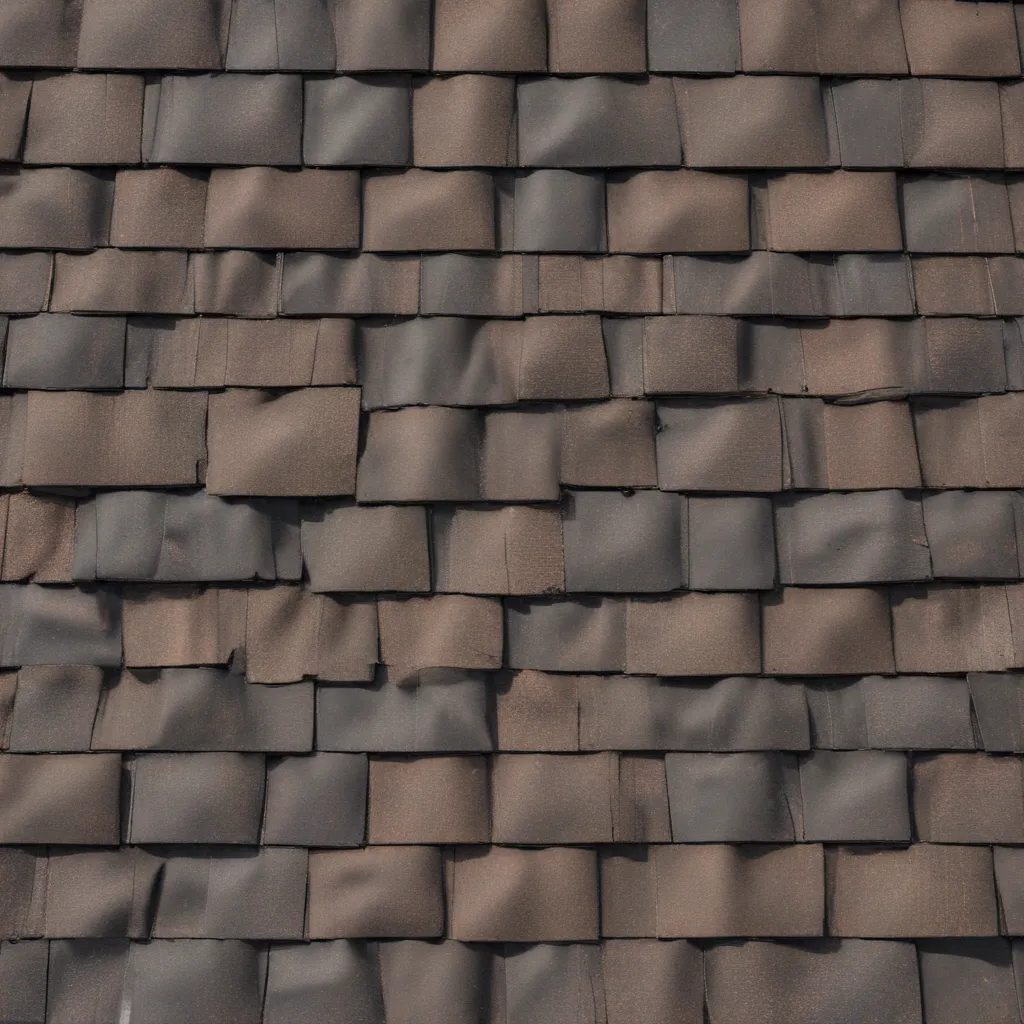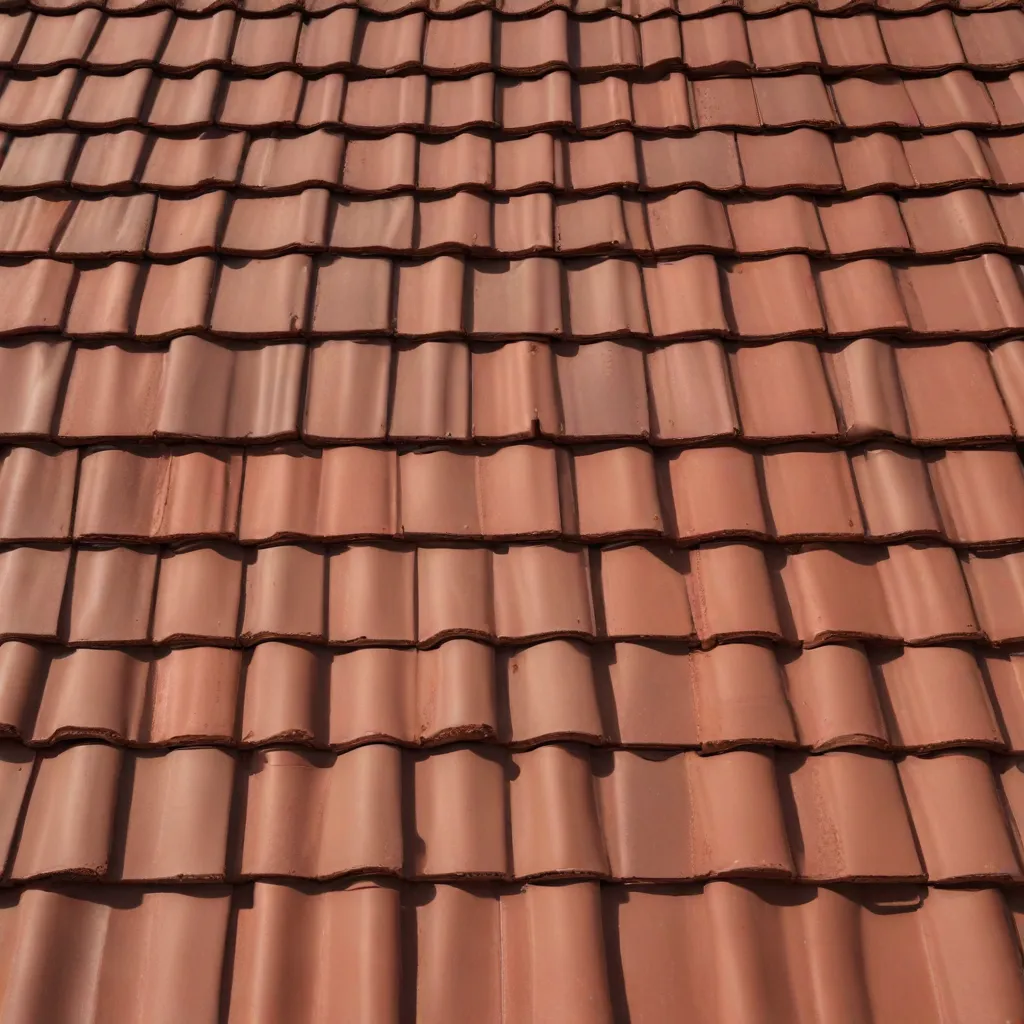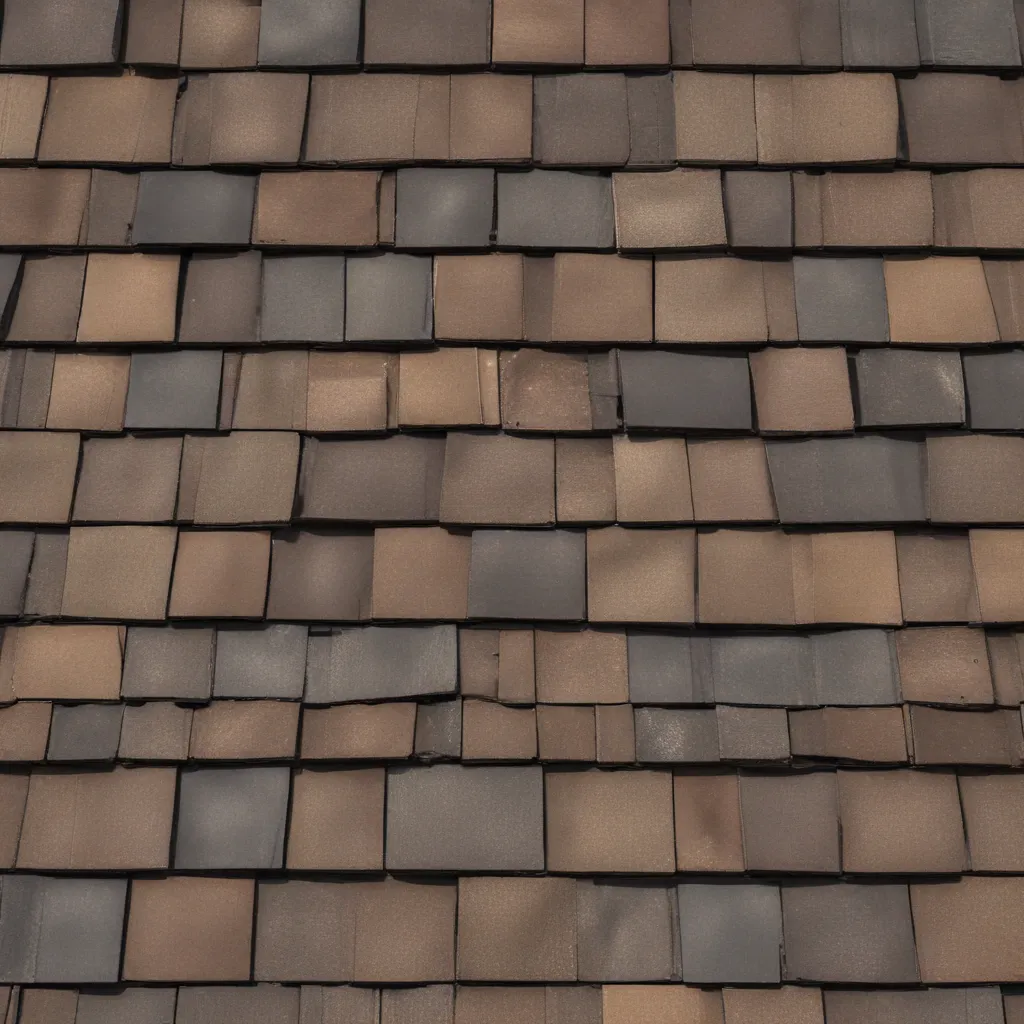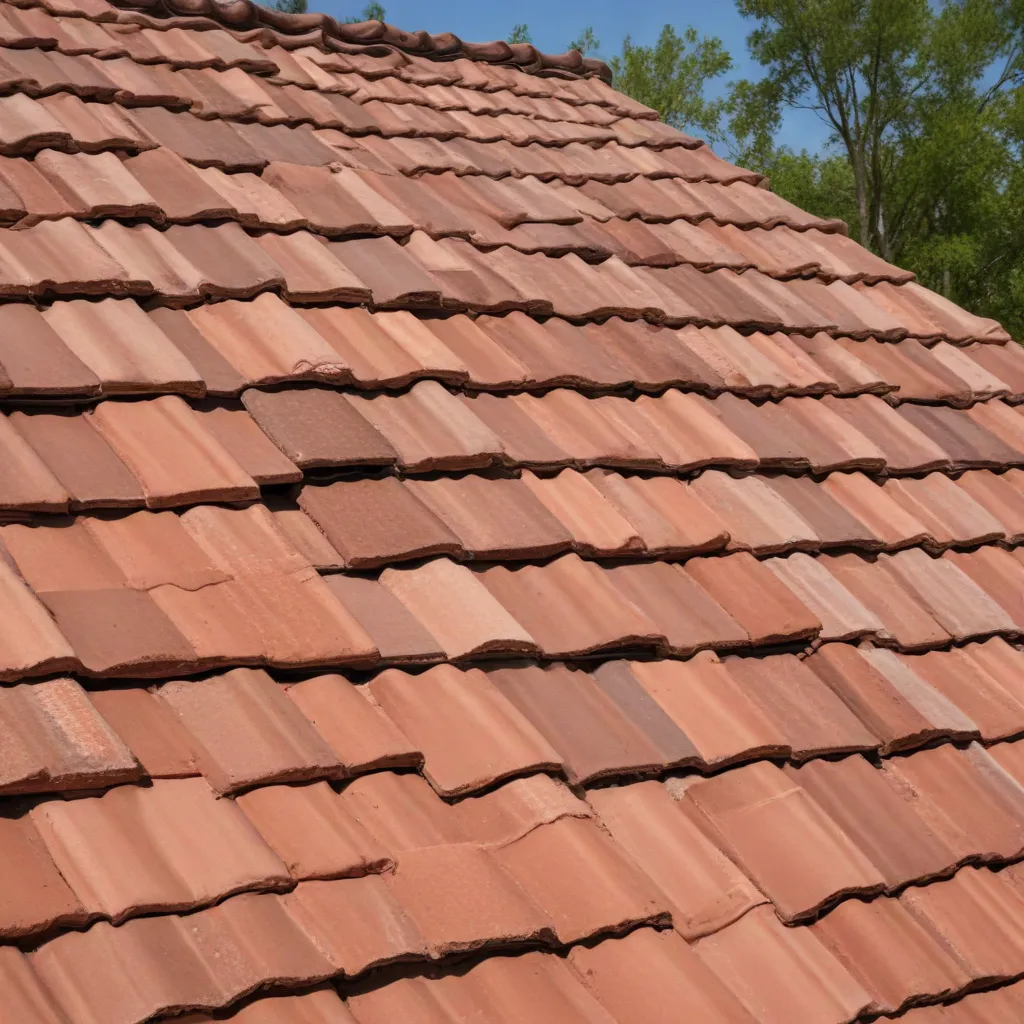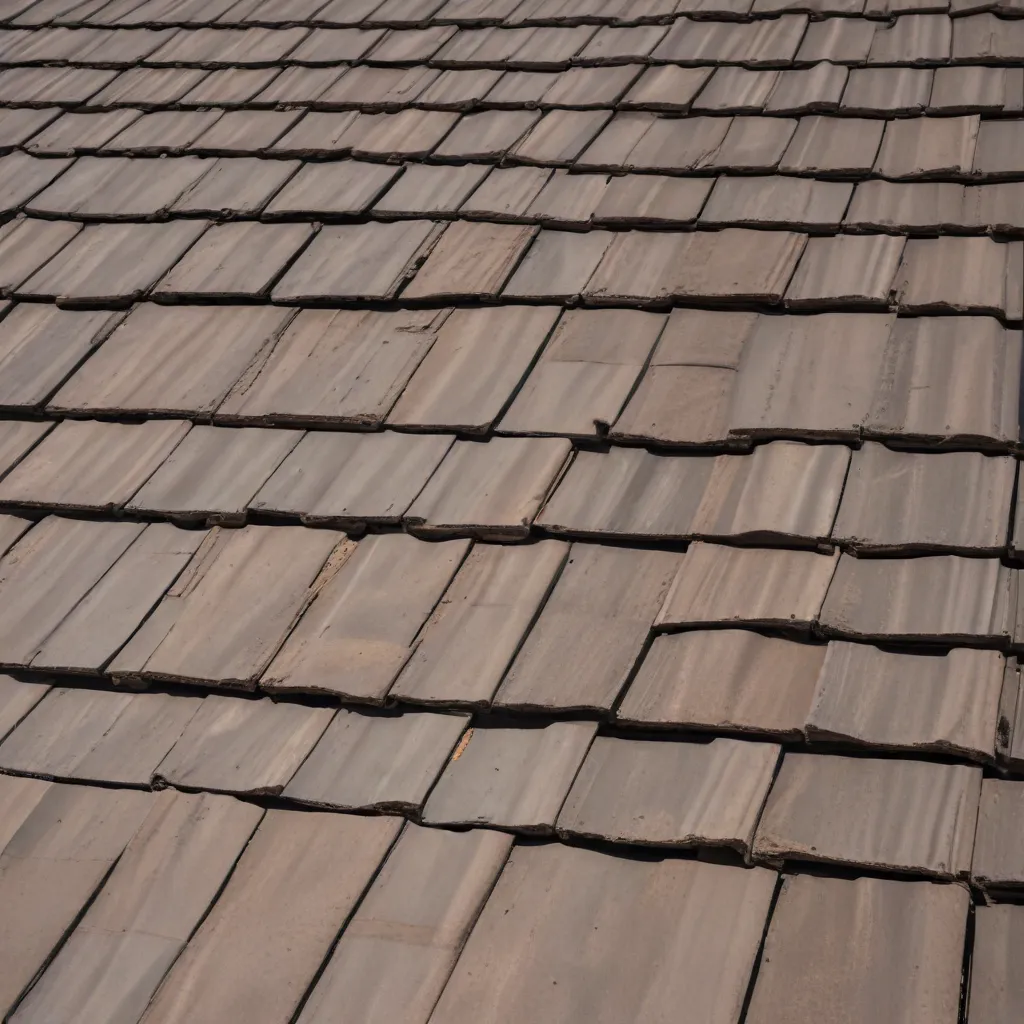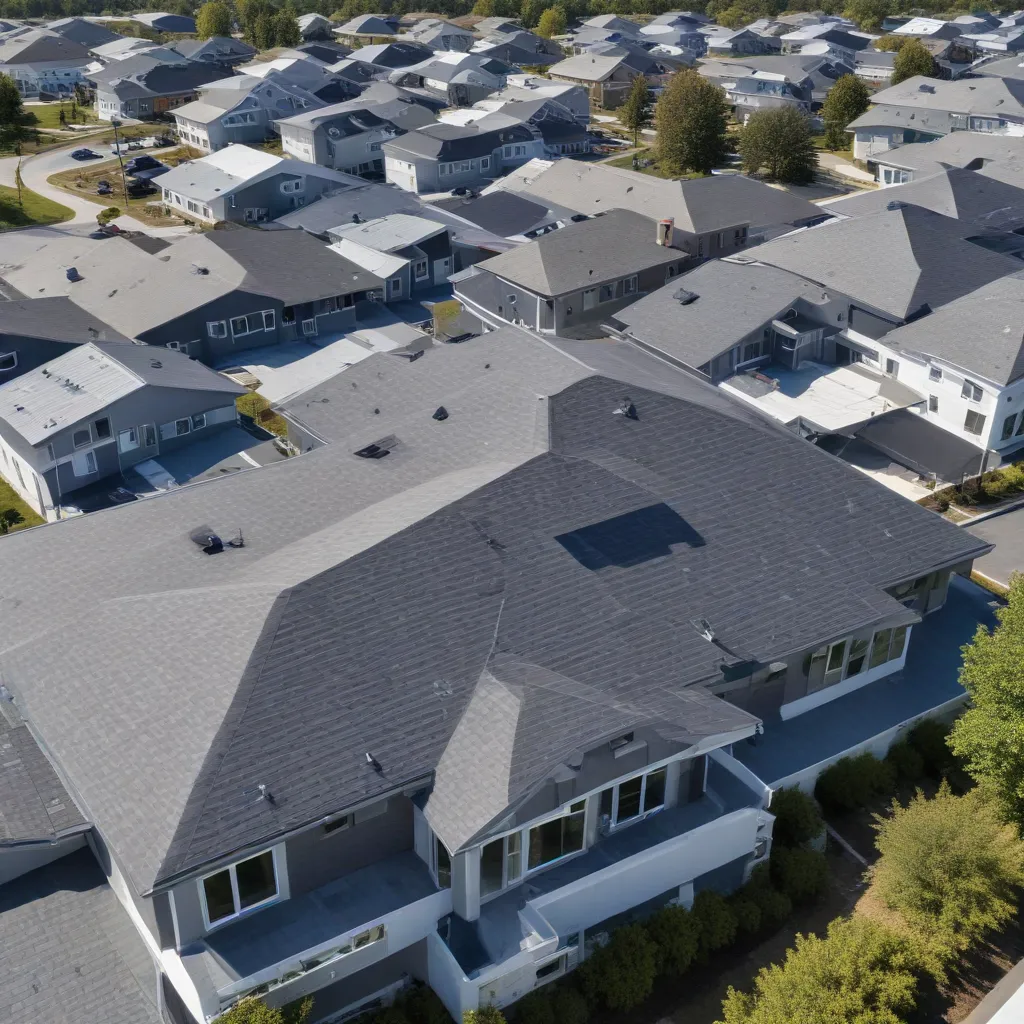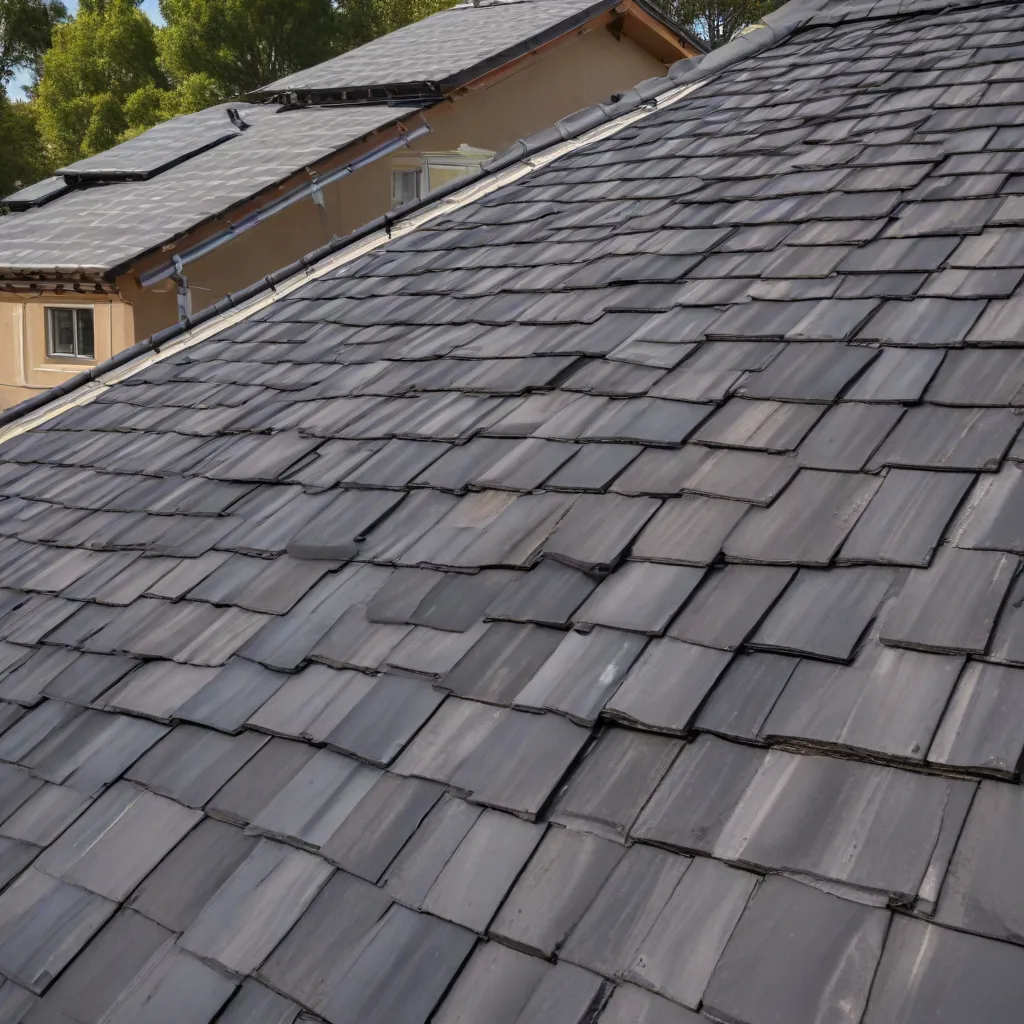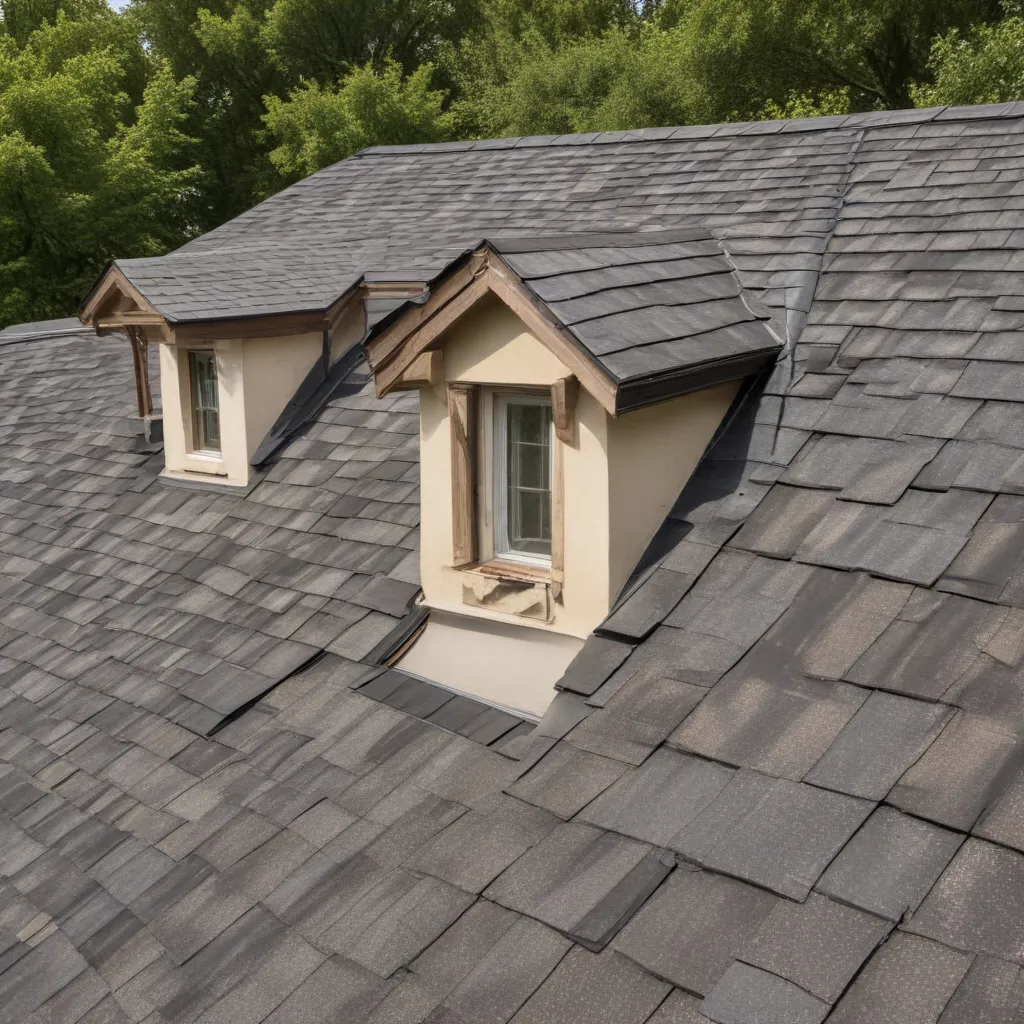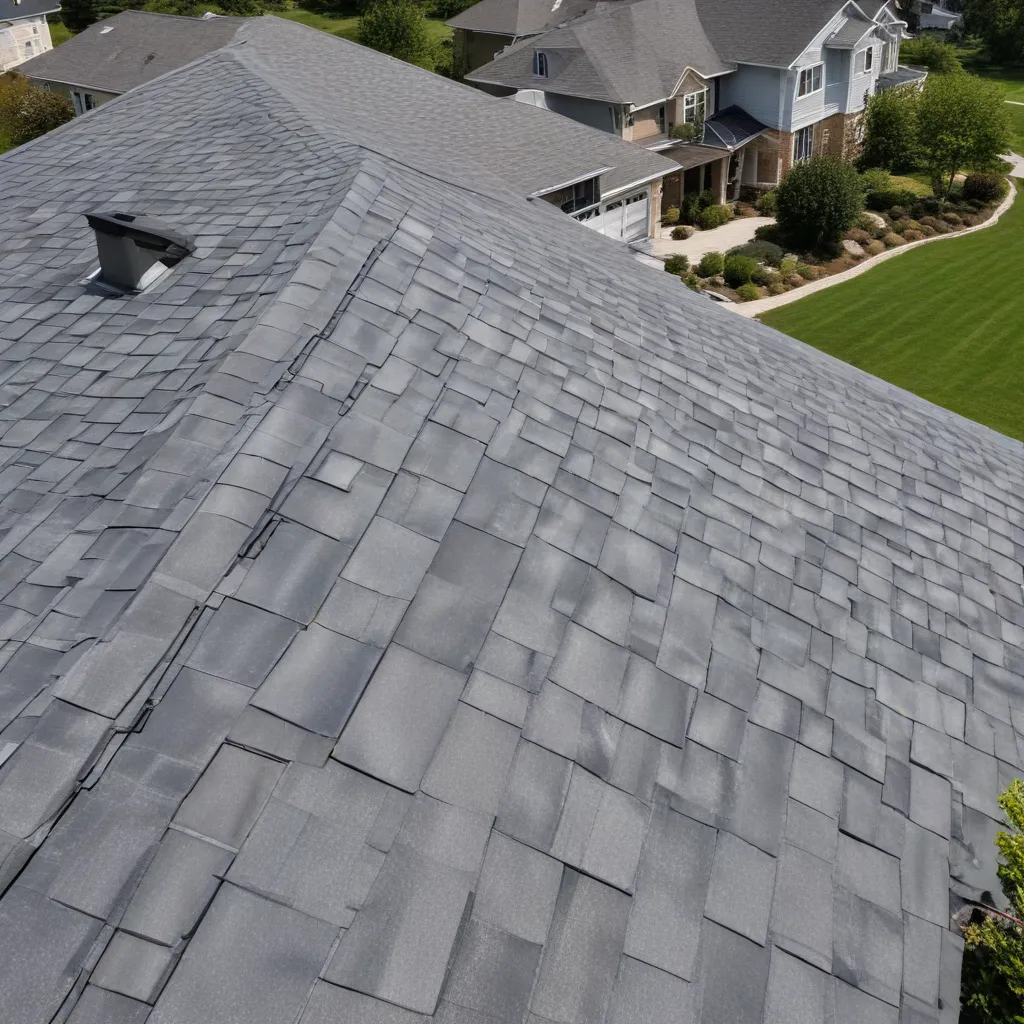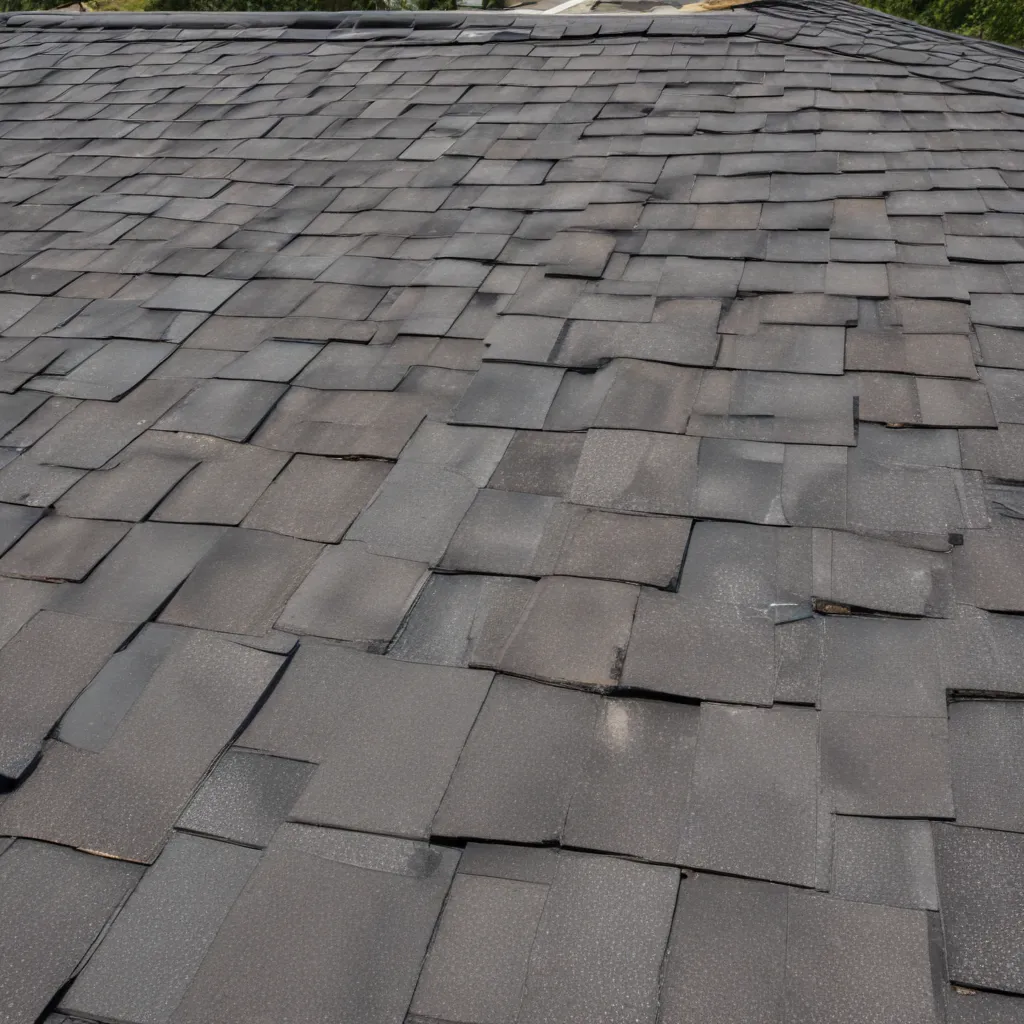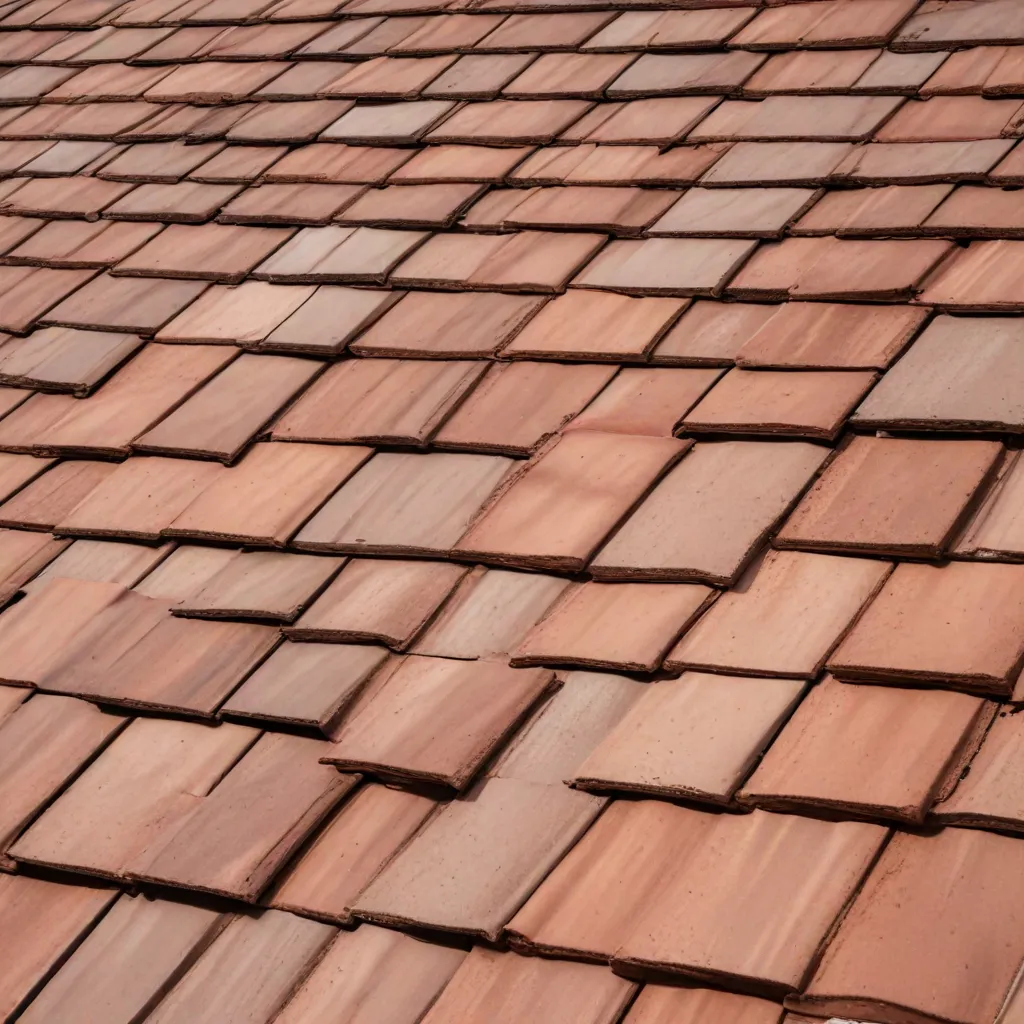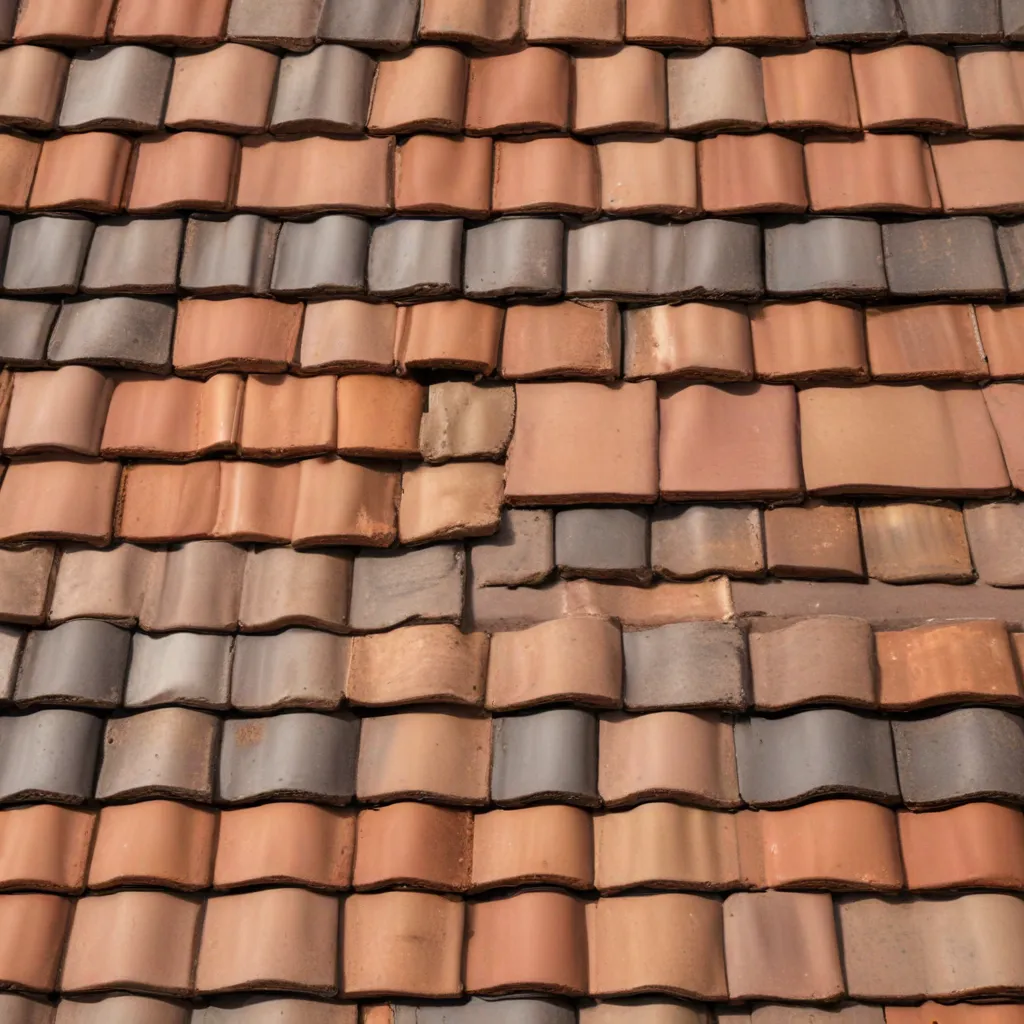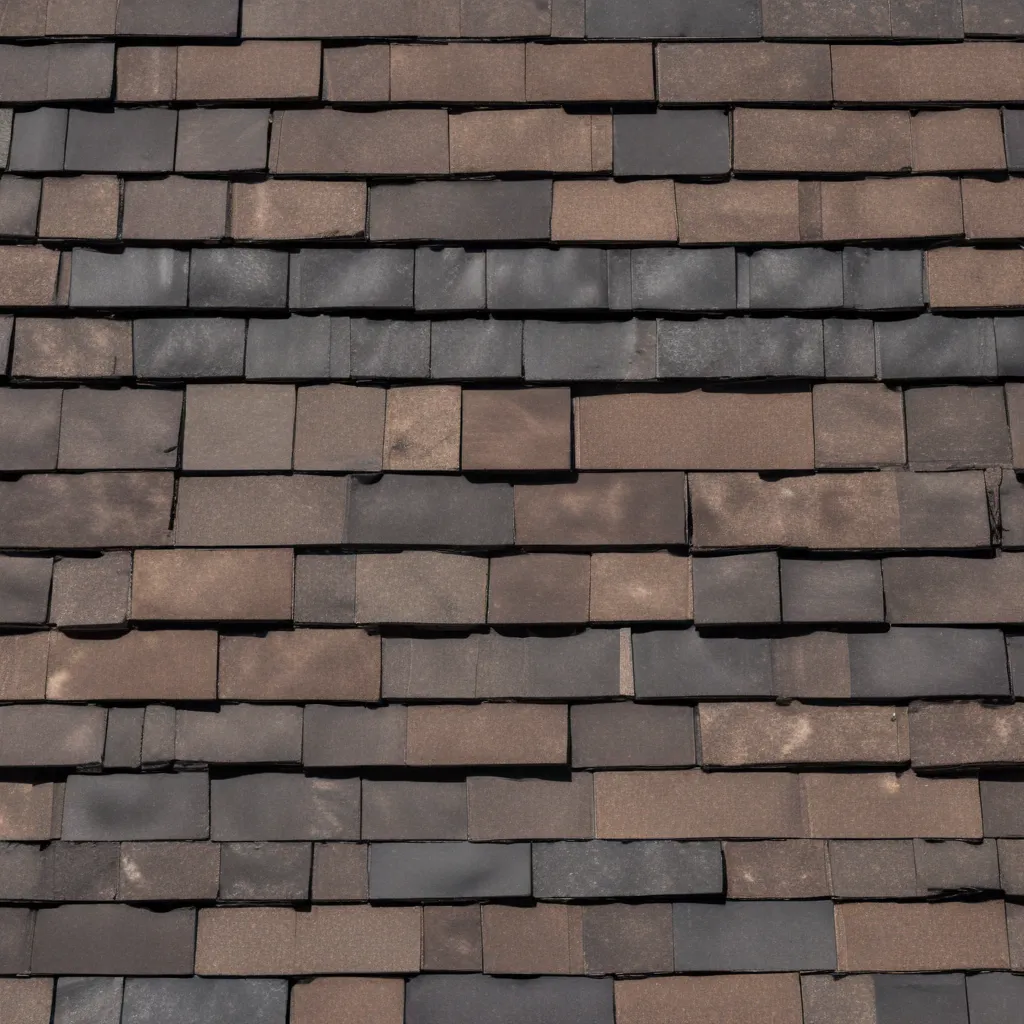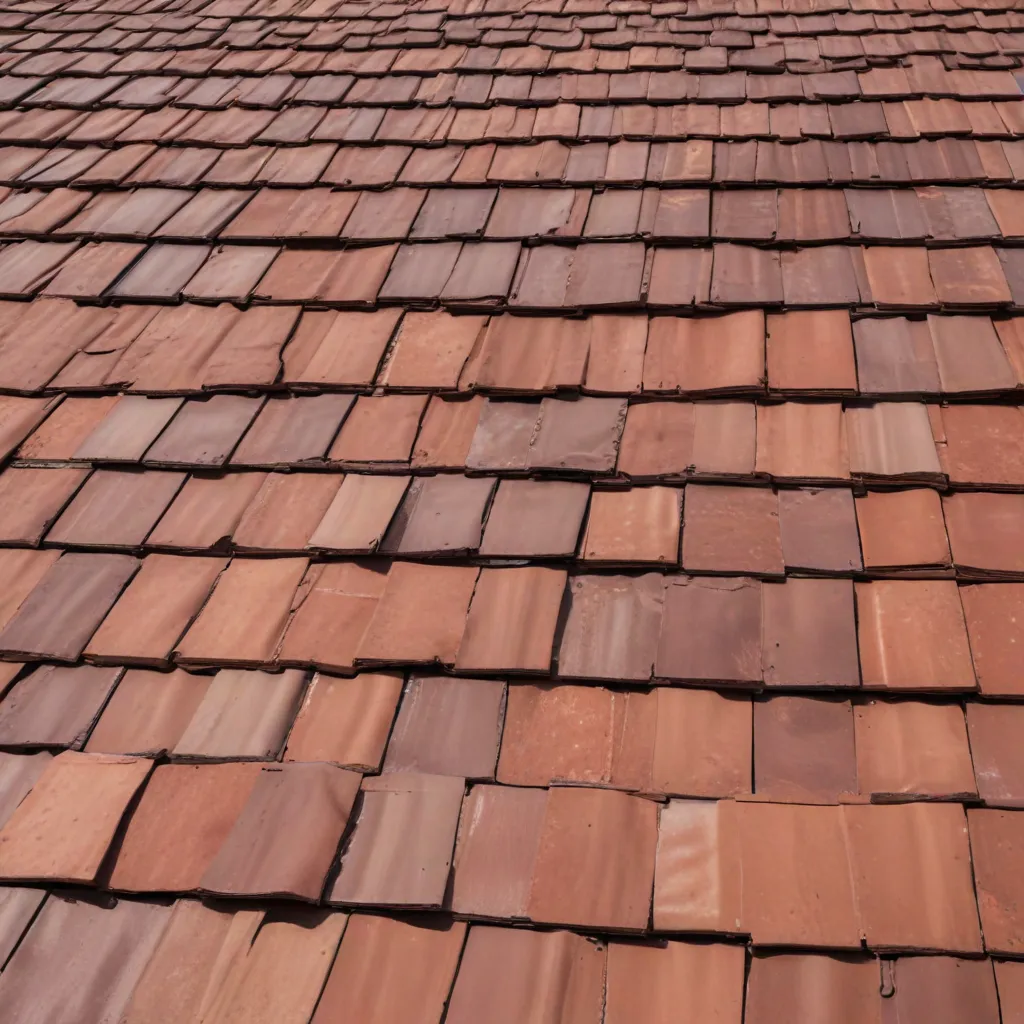When it comes to protecting your home from mold and mildew, one crucial aspect to consider is the type of roofing insulation you use. Mold and mildew can cause significant damage to your property and even pose health risks to you and your family. In this article, we will explore the importance of choosing the right roofing insulation to prevent the growth of mold and mildew. We will delve into the different types of insulation available, their benefits, and how they can effectively keep your home mold and mildew-free.
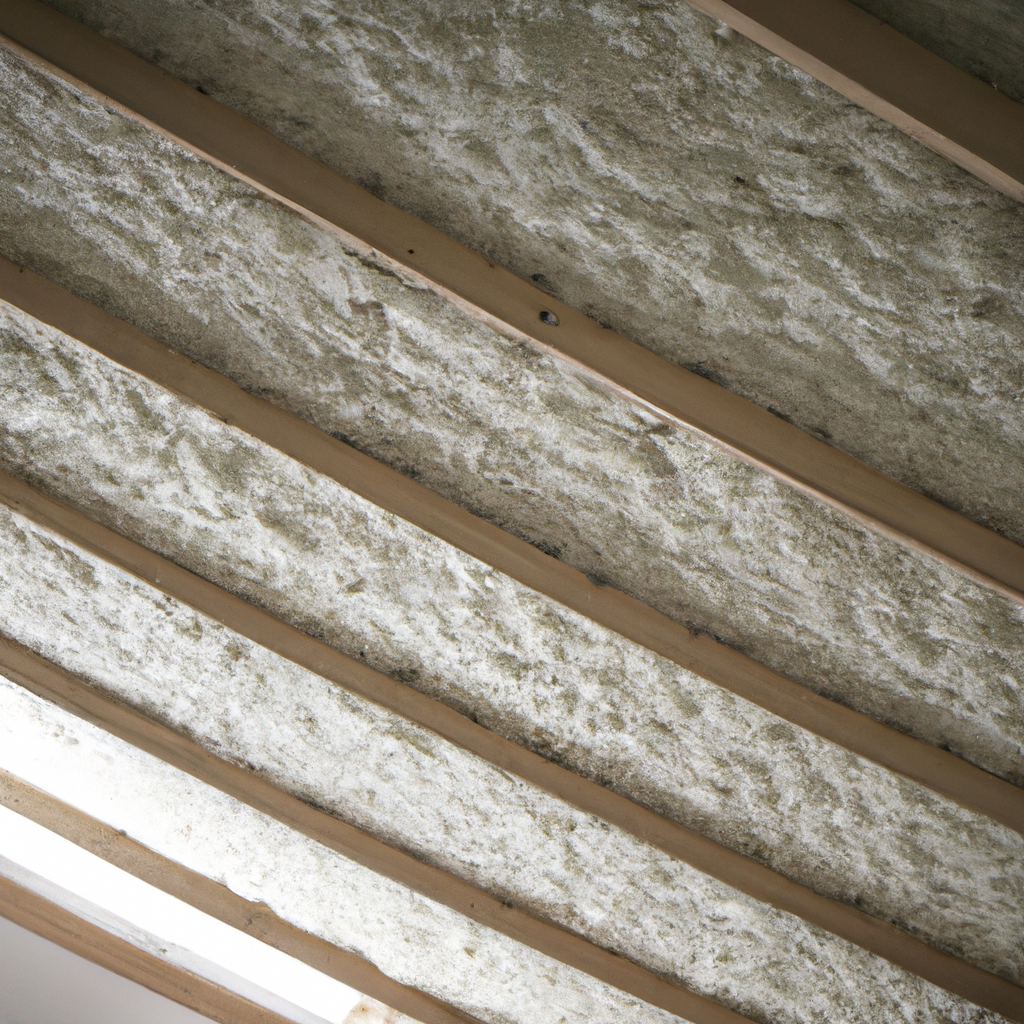
Understanding the Impact of Mold and Mildew
Mold and mildew are types of fungi that thrive in moist and humid environments. They can grow and spread rapidly, especially in areas that are prone to moisture buildup. When left unchecked, mold and mildew can cause structural damage to your home, as well as contribute to respiratory problems and allergies. It is vital to take proactive measures to prevent their growth, starting with the right roofing insulation.
The Role of Roofing Insulation in Mold and Mildew Prevention
Roofing insulation plays a crucial role in preventing the growth of mold and mildew by regulating temperature and moisture levels in your home. It acts as a barrier between the interior and exterior of your property, preventing moisture from penetrating and accumulating in your roof and walls. The right insulation material can effectively control humidity, reducing the risk of mold and mildew formation.
Types of Roofing Insulation
1. Spray Foam Insulation
Spray foam insulation is a popular choice for preventing mold and mildew growth. It is composed of a mixture of polyurethane and isocyanate, which expands upon application, filling gaps and creating an airtight seal. The closed-cell structure of spray foam insulation acts as a vapor barrier, preventing moisture intrusion and inhibiting the growth of mold and mildew. Additionally, it offers excellent thermal insulation properties, reducing energy consumption and promoting a comfortable indoor environment.
2. Fiberglass Insulation
Fiberglass insulation is another commonly used material for roofing insulation. It is made of fine glass fibers that are woven together to form a blanket-like material. Fiberglass insulation is resistant to moisture and does not provide a suitable environment for mold and mildew to grow. It is also highly effective in reducing heat transfer, making it an energy-efficient choice for homeowners.
3. Cellulose Insulation
Cellulose insulation is an eco-friendly option made from recycled paper products, typically treated with fire retardant chemicals. It is blown or sprayed into cavities, forming a dense layer that offers excellent thermal and sound insulation. Cellulose insulation is resistant to mold and mildew growth, as it does not retain moisture. Its natural composition makes it an attractive choice for environmentally conscious homeowners.
4. Reflective Foil Insulation
Reflective foil insulation is a radiant barrier that reflects heat instead of absorbing it. It consists of a layer of aluminum foil laminated to other materials, such as kraft paper or plastic film. This type of insulation is particularly effective in hot climates, as it helps to block radiant heat from entering the home. By reducing heat gain, reflective foil insulation minimizes the risk of moisture buildup and mold and mildew growth.
The Benefits of Choosing the Right Roofing Insulation
Investing in the right roofing insulation can bring numerous benefits, not only in terms of mold and mildew prevention but also energy efficiency and overall comfort. Here are some advantages of choosing the right insulation for your home:
- Mold and Mildew Prevention: Proper insulation helps control humidity levels, reducing the risk of mold and mildew growth.
- Energy Efficiency: Insulation acts as a thermal barrier, keeping your home cooler in summer and warmer in winter, reducing the need for excessive heating or cooling.
- Cost Savings: By improving energy efficiency, insulation can lead to lower utility bills and long-term cost savings.
- Soundproofing: Certain types of insulation, such as cellulose, provide excellent sound absorption properties, reducing noise pollution from outside.
- Environmental Friendliness: Choosing eco-friendly insulation materials helps reduce your carbon footprint and contributes to a sustainable environment.
Conclusion
Protecting your home from mold and mildew begins with choosing the right roofing insulation. By understanding the different types of insulation available and their benefits, you can make an informed decision that promotes a mold and mildew-free environment. Whether you opt for spray foam, fiberglass, cellulose, or reflective foil insulation, each option offers unique advantages in terms of energy efficiency, cost savings, and environmental impact. Remember, investing in the right roofing insulation is an investment in the long-term health and durability of your home.

